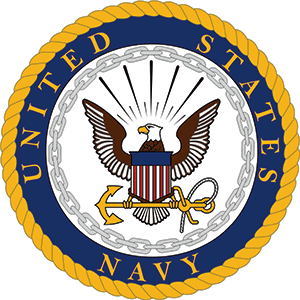ABOUT VX5
- Origins and Purpose: Air Development Squadron Five (VX-5) was established by the U.S. Navy on 18 June 1951, with the primary mission to conduct operational tests and evaluations of airborne weapons and systems.
- Nickname: VX-5 was famously known as the “Vampires,” a nod to their night flying and testing of advanced weapons technologies.
- Primary Base: The squadron was located at Naval Air Weapons Station China Lake, California, a major center for weapons development and testing.
- Key Contributions: VX-5 played a pivotal role in testing and refining weapons such as the AIM-9 Sidewinder and Zuni rockets, which became essential armaments for U.S. military aircraft.
- Aircraft Variety: The squadron operated a diverse array of aircraft over the years, including the A-4 Skyhawk, A-6 Intruder, F-4 Phantom II, F-14 Tomcat, and more, reflecting their wide-ranging test responsibilities.
- Vietnam Era Impact: During the Vietnam War, VX-5 was instrumental in developing tactics and evaluating ordnance that improved combat effectiveness for Navy and Marine Corps aviators.
- Survival Testing: VX-5 evaluated not just weapons, but also pilot survival gear, including ejection seats and life support equipment, directly impacting aviator safety.
- Merger and Legacy: In 1993, VX-5 merged with VX-4 to form VX-9, continuing the legacy of operational test and evaluation under a new designation.
- Notable Firsts: The squadron was among the first to test air-launched nuclear weapons delivery systems, shaping U.S. nuclear deterrence strategies during the Cold War.
- Culture and Insignia: The VX-5 “Vampires” patch, featuring a bat and a drop of blood, became an iconic symbol of innovation and daring in naval aviation history.

